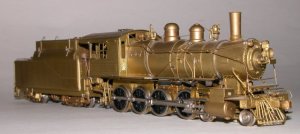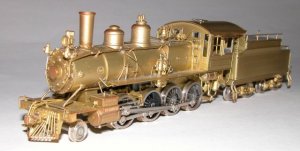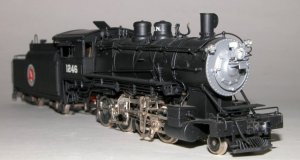4-8-0s
Twelve wheelers were common occurrence although only in large numbers on select carriers in North America.
The NdeM had most modern, probably both the last built, and only ones built to move passenger trains specifically..
The CNJ had 50 camelback twelve wheelers that were only ones with that configuration.
N&Ws were back bone of mainline freight circa 1900-1910. They wound up ruling branch lines, such as Abigndon branch (where they were covered at length by O.Winston Link , Augie Thieme, and so forth) , and were not all made by N&W.
They were Monons main freight power until Great War began to bring in alternatives .
The SP's various 'TW' classes owned the Pacific Coast forest branches in California, Oregon, and Washington for over half a century. Fred Jukes' marvelous glassplate negatives are treasured history of the first quarter century of their dominance in the woods.
Besides roads already mentioned in these threads the following owned twelve wheel type locomotives (i.e. 4-8-0s):
Wabash;Illinois Central;Burlington;Pennsy;New York Central;Frisco;MoPac;Nashville, Chattanooga & St.Louis (ex BA&P). There almost certainly were small numbers owned by almost all the large carriers, either picked up when they acquired and merged smaller railroads into their systems, or gotten to test the efficacy of the wheel arrangement.
They were not perceived as an archaic wheel arrangements either,- for after the Great War , Chapelon built VHP compound super locos using 4-8-0 chassis , and so did the D&H on this side of the Atlantic in producing their experimental super locomotives.
Good-Luck, PJB





